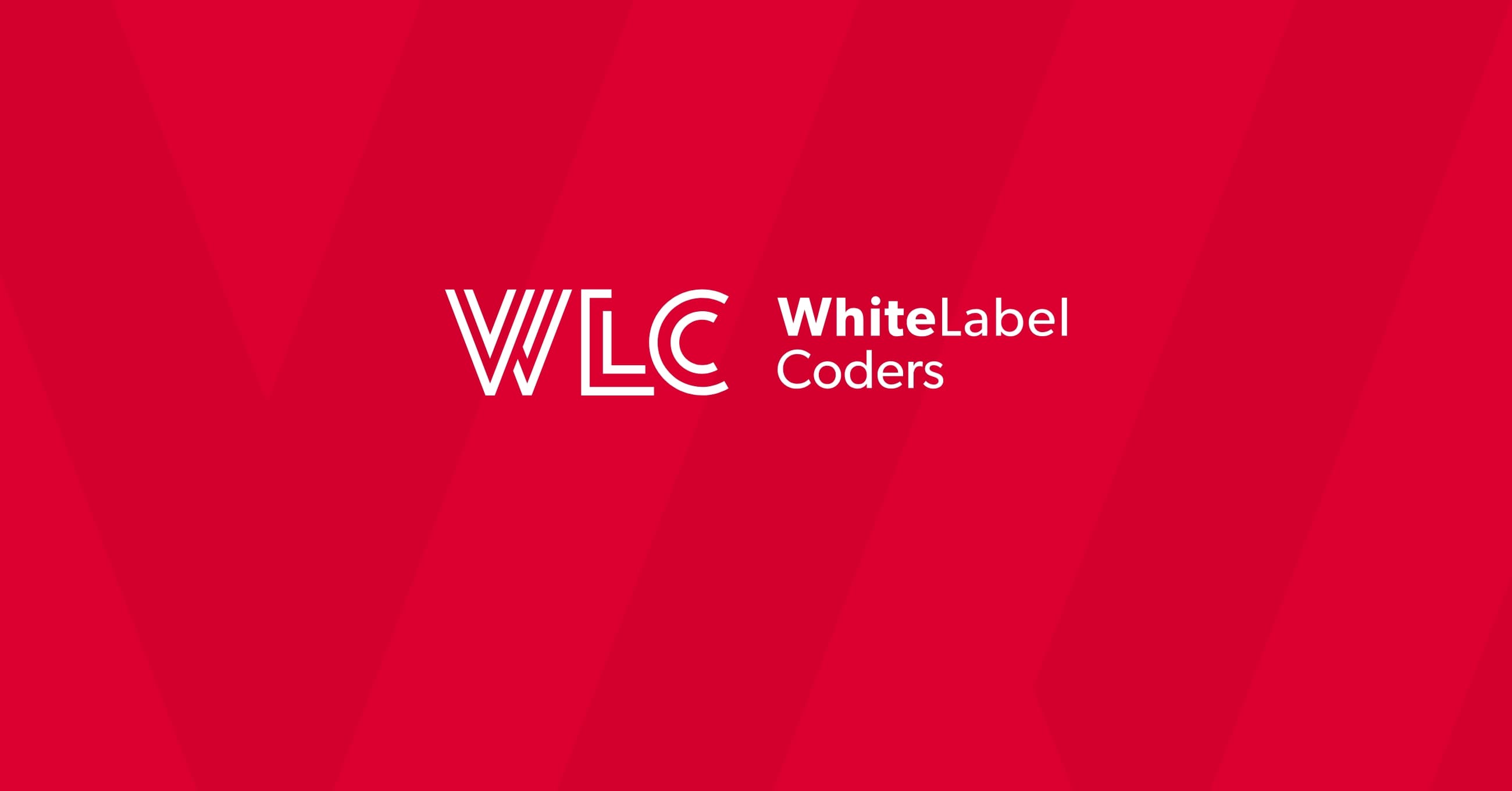Category: SEO AI
Can I build a website on WordPress and host it somewhere else?

Yes, you can absolutely build a WordPress website and host it elsewhere. WordPress is designed to be flexible, allowing you to develop your site using the WordPress content management system (CMS) and then host it on any compatible web hosting provider of your choice. This separation gives you greater control over your website’s performance, cost, and technical specifications. The WordPress.org software is completely portable, meaning you can develop locally or on one host and move your website to another hosting environment whenever needed, without being locked into any specific hosting platform.
Understanding WordPress hosting fundamentals
WordPress offers remarkable flexibility when it comes to hosting arrangements, which is one reason behind its immense popularity. At its core, WordPress is simply a collection of files and a database that can be installed on virtually any web server meeting its minimum requirements.
It’s crucial to understand the difference between WordPress.org and WordPress.com. WordPress.org provides the free, open-source software you can download and install on any compatible hosting service. This is often called “self-hosted WordPress” and gives you complete control over your website. WordPress.com, conversely, is a commercial service that handles hosting for you but limits customization options on lower-tier plans.
When building with WordPress, you gain the freedom to choose where your website lives online. This is particularly valuable for WordPress custom development projects that require specific server configurations or when you need to optimize hosting costs separately from development decisions.
The hosting flexibility of WordPress extends to various scenarios: developing locally before deploying to production, migrating between hosting providers, or even moving from WordPress.com to a self-hosted solution as your website grows.
What is the difference between building and hosting a WordPress website?
Building and hosting a WordPress website are two distinct aspects of the website creation process. Understanding this separation is essential for making informed decisions about your web project.
Building a WordPress website refers to developing the site’s structure, functionality, and design. This involves installing WordPress, selecting or creating themes, adding plugins, configuring settings, and creating content. The building process can happen anywhere—on a local development environment, a staging server, or directly on a production host.
Hosting, meanwhile, is the service that makes your WordPress website accessible online. A web host provides server space, bandwidth, and the technical infrastructure needed to serve your website to visitors. The hosting provider stores your WordPress files and database on their servers and ensures your site remains accessible 24/7.
This separation means you can develop a custom WordPress website with specific features and functionality without being committed to a particular hosting provider. You’re free to choose the hosting service that best meets your needs for reliability, performance, support, and budget—independent of your development decisions.
Can I build a WordPress website locally and upload it to a hosting provider?
Yes, building WordPress locally and then uploading it to a hosting provider is not only possible but is considered a best practice among professional developers. This approach offers a safe environment to build and test your site before making it publicly available.
To develop WordPress locally, you’ll need a local development environment. Popular options include:
- LocalWP (formerly Local by Flywheel): A user-friendly tool specifically designed for WordPress development
- XAMPP/MAMP/WAMP: Software stacks that create a local server environment
- Docker-based solutions: For more advanced developers seeking containerized environments
Once your local development is complete, migrating to a live hosting provider typically involves these steps:
- Export your local WordPress database using phpMyAdmin or similar tools
- Pack your WordPress files (typically using FTP or file manager access)
- Create a new database on your hosting provider
- Upload your WordPress files to the hosting server
- Import your database to the hosting provider
- Update the wp-config.php file with new database credentials
- Update site URLs in the database if needed
Alternatively, migration plugins like Duplicator, All-in-One WP Migration, or UpdraftPlus can significantly simplify this process, handling many of these steps automatically.
This approach gives you a safe space to experiment with WordPress custom development without affecting a live site, making it ideal for both new builds and major updates to existing websites.
What are the requirements for hosting a WordPress website elsewhere?
When planning to host your WordPress website on a provider of your choice, ensuring they meet WordPress’s technical requirements is essential for optimal performance and functionality.
The minimum hosting requirements for running WordPress include:
- PHP version 7.4 or greater (though WordPress officially recommends PHP 8.0 or higher for better performance and security)
- MySQL version 5.7 or greater OR MariaDB version 10.3 or greater
- HTTPS support for secure connections
- At least 1GB of server memory (RAM), though more is better for complex sites
- Sufficient storage space (starting from 1GB for basic sites but more for media-heavy websites)
Additionally, optimal WordPress hosting should provide:
- PHP memory limit of at least 128MB (256MB or higher recommended)
- Apache or Nginx web server with mod_rewrite module (for pretty permalinks)
- Support for PHP extensions like mysqli, curl, and gd
- Access to manage .htaccess files (for Apache servers)
- FTP/SFTP access for file management
- Database management tools like phpMyAdmin
When selecting a hosting provider, also consider factors like server response time, uptime guarantees, backup solutions, and whether they offer WordPress-specific features like one-click installations or managed WordPress services. Making the right choice is critical, especially if you’re planning to run WordPress for e-commerce, as these sites often have higher performance requirements.
These requirements ensure your custom WordPress website runs smoothly and securely on your chosen hosting provider, giving you the foundation needed for excellent site performance.
How do I transfer my WordPress website to a different hosting provider?
Transferring your WordPress website to a different hosting provider is a straightforward process when approached methodically. The key is to ensure a complete backup and smooth transition to minimize downtime.
Before beginning the transfer, you should:
- Research and select your new hosting provider based on your requirements
- Set up your hosting account and obtain your new server details
- Create a complete backup of your existing WordPress site
The migration process typically follows these steps:
- Backup your WordPress files and database: Use your hosting control panel, FTP client, or a plugin like UpdraftPlus to create comprehensive backups
- Set up the new hosting environment: Create a database and user on your new hosting provider
- Transfer your WordPress files: Upload your website files to the new server via FTP or migration plugin
- Import your database: Upload and import your database to the new server
- Update configuration: Modify your wp-config.php file with the new database credentials
- Test your website: Check your site on the new server using a temporary URL or by editing your local hosts file
- Update DNS records: Point your domain to the new hosting provider
- Verify and troubleshoot: Once DNS propagation is complete, check your site thoroughly
Many website owners choose to use specialized WordPress migration plugins that automate much of this process. Popular options include Duplicator, All-in-One WP Migration, and WP Migrate DB Pro, which can handle file transfers, database moves, and URL replacements in one streamlined workflow. For detailed guidance, you can refer to resources on how to move a WordPress site to a new domain, as many of the principles apply to hosting migrations as well.
During migration, you might encounter issues like mixed content warnings, broken links, or database connection errors. Most of these can be resolved by checking database details, updating URLs in the database, or reviewing file permissions on the new server.
What are the advantages of building on WordPress and using separate hosting?
The strategy of building with WordPress while choosing your hosting provider separately offers numerous advantages that can significantly benefit your website project.
The most significant benefits include:
- Cost optimization: You can select hosting that precisely matches your budget and performance needs without being locked into higher-priced bundled solutions
- Performance customization: Choose hosting infrastructure specifically optimized for your WordPress site’s unique traffic patterns and resource requirements
- Scalability options: The freedom to upgrade or change hosting as your website grows without rebuilding your entire site
- Avoiding platform lock-in: Maintain the ability to change providers if service quality declines or better options emerge
- Development flexibility: Create and test your site in one environment, then deploy to production hosting when ready
- Specialized hosting features: Select hosting with WordPress-specific optimizations like server-level caching
- Geographic control: Choose server locations that put your website closer to your target audience
This approach is particularly valuable for businesses investing in WordPress custom development, as it ensures the development process isn’t constrained by hosting limitations. You can build exactly the functionality needed, then select hosting that delivers the perfect balance of performance and cost-effectiveness.
Furthermore, this separation creates resilience—if issues arise with your hosting provider, you can migrate your WordPress site elsewhere without losing your development investment or rebuilding your website from scratch.
Key takeaways: Making informed WordPress hosting decisions
When considering whether to build a WordPress website and host it elsewhere, remember these essential points to guide your decision-making:
- WordPress offers exceptional portability as a CMS, allowing you to develop and host separately
- The separation between development and hosting gives you greater control over both aspects of your website
- Local development followed by migration to production hosting represents a professional approach to website building
- Always verify that your chosen host meets WordPress’s technical requirements before committing
- Migration between hosts is straightforward with proper planning and the right tools
- Consider your website’s specific needs for performance, security, and scalability when selecting hosting
Different scenarios call for different approaches. For simple personal blogs, an all-in-one solution might suffice. However, for business websites, e-commerce platforms, or any site with specific performance requirements, separating development from hosting often delivers superior results.
WordPress’s greatest strength lies in its flexibility—it adapts to nearly any web project while giving you the freedom to choose exactly where and how your website operates online. This combination of powerful content management capabilities with hosting independence is why WordPress powers over 40% of all websites on the internet.
By understanding the relationship between WordPress as a platform and your hosting environment, you can make decisions that optimize for both performance and value, ensuring your website meets your needs today while remaining adaptable for tomorrow. Following the WordPress development workflow best practices will help you create a site that’s not only functional but also secure and efficiently managed.
Remember that proper WordPress security should be a priority regardless of where you host your site, as securing your installation protects both your content and your visitors’ data.

